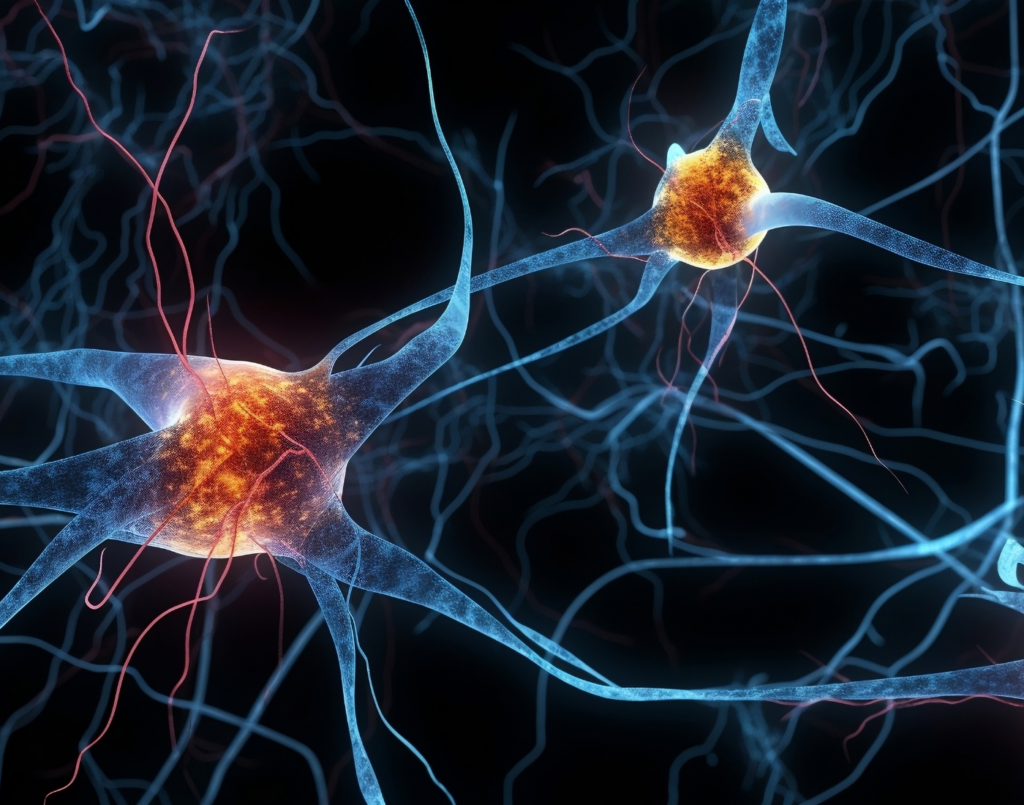Postoperative delirium is a challenging complication following surgical procedures, in particular in patients with preexisting neurological conditions and elderly people. A recent study has highlighted the role of HMGB1 as a potential mediator in the development of postoperative delirium.
In the context of surgery, HMGB1 is released in response to tissue trauma and acts as a Damage-Associated Molecular Pattern (DAMP) molecule triggering the innate immune response. This response is characterized by activation of immune cells and the release of proinflammatory cytokines.
The connection HMGB1-postoperative delirium revolves around its ability to induce neuroinflammation. Following surgery, an increased level of HMGB1 has been observed: this correlate with the disruption of the blood-brain barrier (BBB) which promotes the diffusion of inflammatory mediators into the brain, contributing to cognitive dysfunction and delirium.
Different researches show how the suppression of HMGB1 can prevent surgery-induced neurocognitive disorders; high plasma levels of HMGB1 have been reported in patients with acute delirium: this reinforce the hypothesis of its involvement in postoperative cognitive disturbances. Targeting HMGB1 might offer new therapeutic strategies for preventing or mitigating postoperative delirium.
HMGBiotech can provide comprehensive information to facilitate informed decision-making for research involving HMGB1
Discover our HMGB1 proteins
Read the full article about the study: https://pubmed.ncbi.nlm.nih.gov/36858886/



